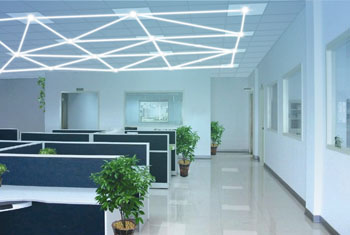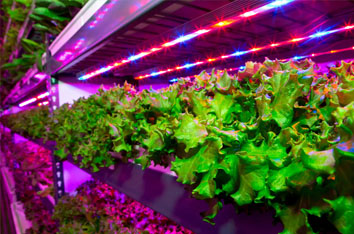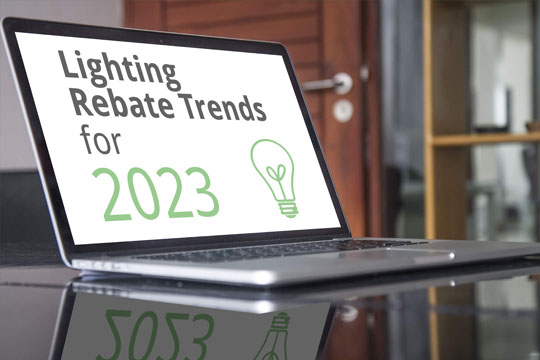Fluorescent tubes have long been a staple in the US, illuminating warehouses, offices, and public buildings across the nation for decades. However, recent legislative actions in several states signal a significant shift in lighting landscape. Eight states have passed legislation that will prohibit the sale of fluorescent tubes in the next few years. But how will these laws impact the lighting market in general and the valuable rebates for LED replacement tubes?
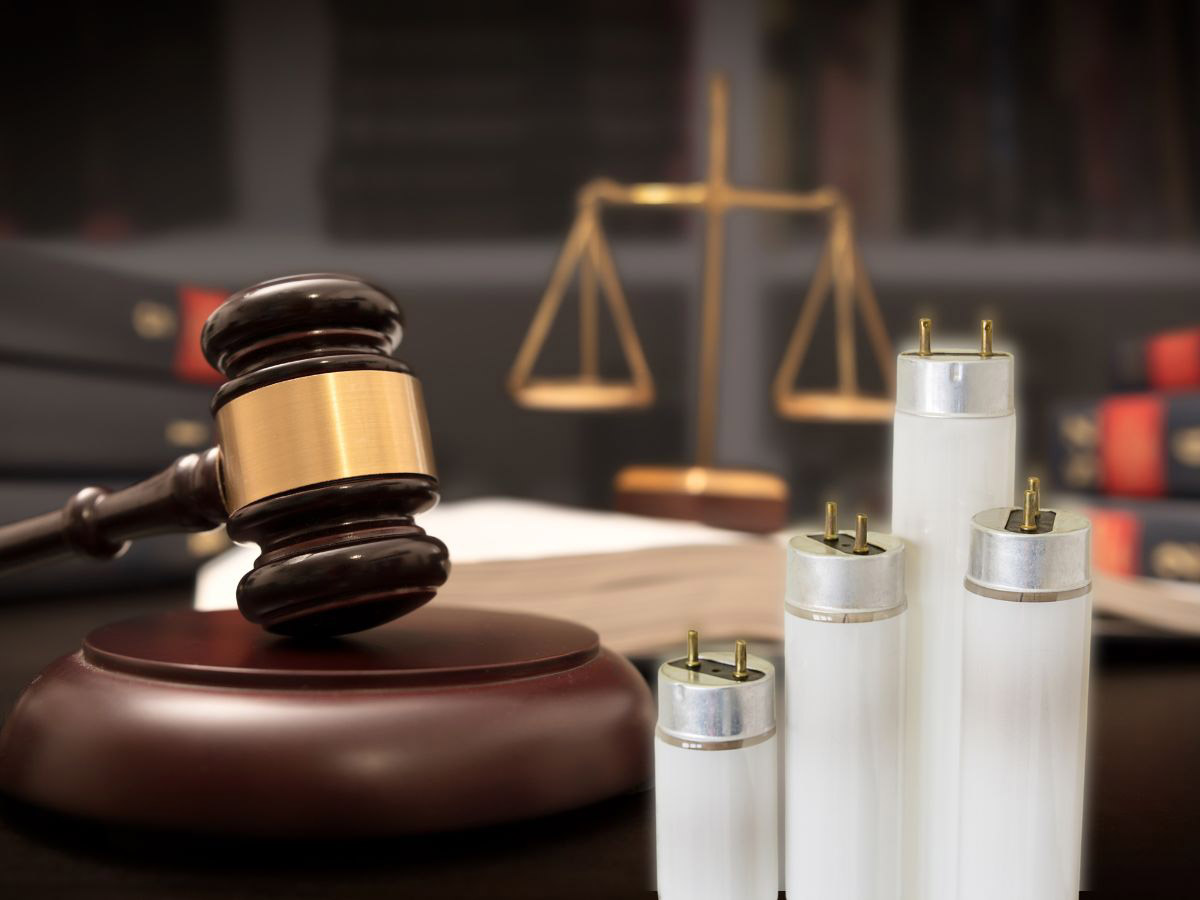
Fluorescent Lamp Bans Come From State Legislation, Not Federal
Unlike the Federal EISA legislation that went into full effect last year, which banned the sale of inefficient general service lamps (like A19s), the fluorescent lamp bans are issued by individual states. Across the United States, some states have taken proactive measures to address the environmental concerns associated with fluorescent lighting technology. Currently, a total of eight states have passed legislation aimed at restricting the sale of fluorescent tubes.
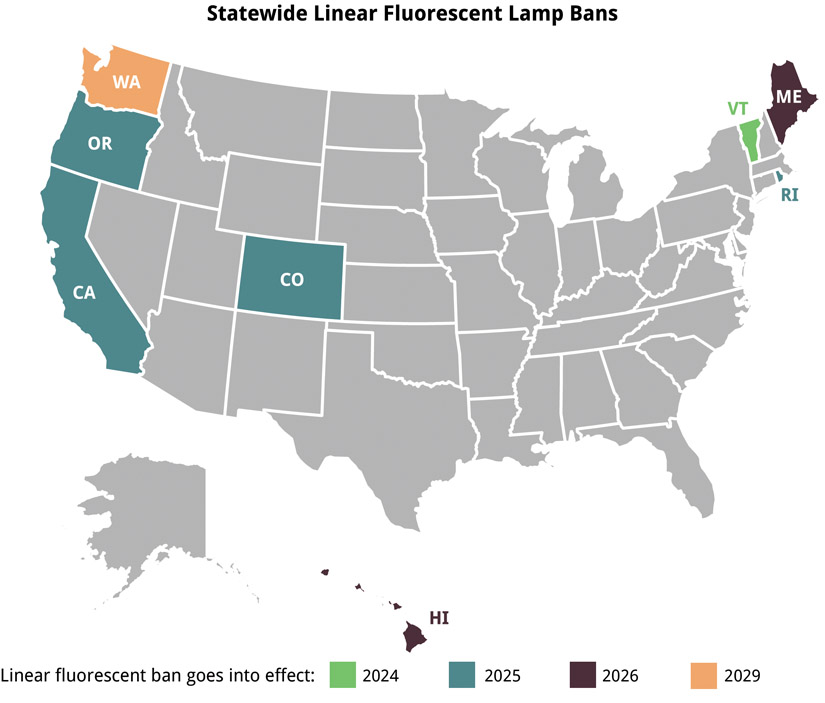
Vermont was the first state to enact such legislation when it passed a bill in 2022. The law prohibited the sale of certain fluorescent tubes, effective January 1, 2024. Since then, other states have passed similar legislation, the most recent being Washington state, although that law doesn't go into effect until 2029.
| State | Fluorescent Tube Phaseout Date |
|---|---|
| Vermont | January 1, 2024 |
| California | January 1, 2025 |
| Colorado | January 1, 2025 |
| Oregon | January 1, 2025 |
| Rhode Island | January 1, 2025 |
| Hawaii | January 1, 2026 |
| Maine | January 1, 2026 |
| Washington | January 1, 2029 |
Most of these laws also restrict integrated compact fluorescent lamps (CFL-i) and pin-based CFL-ni lamps, although they may go into effect at different times. The sheer volume of 4' linear tubes in the marketplace, though, makes this aspect of the law much more impactful to the industry.
Fluorescent Tube Bans Aren’t Technically About Energy Usage
Contrary to popular belief, the bans on fluorescent tubes are not solely about energy efficiency. The laws actually focus on the contents of the lamps themselves.
All fluorescent tubes contain mercury, a hazardous neurotoxin if people are exposed to it. In everyday operation, these lamps provide no danger, but it becomes trickier when they break or have to be disposed of. The mercury content means that fluorescent lamps must be recycled to avoid the mercury leeching into the environment when disposed. But many people don't recycle these lamps. According to Clean Lighting Coalition, an astounding 75% of fluorescent tubes are not disposed of properly. Even a small amount of mercury can significantly contaminate a lake or river.
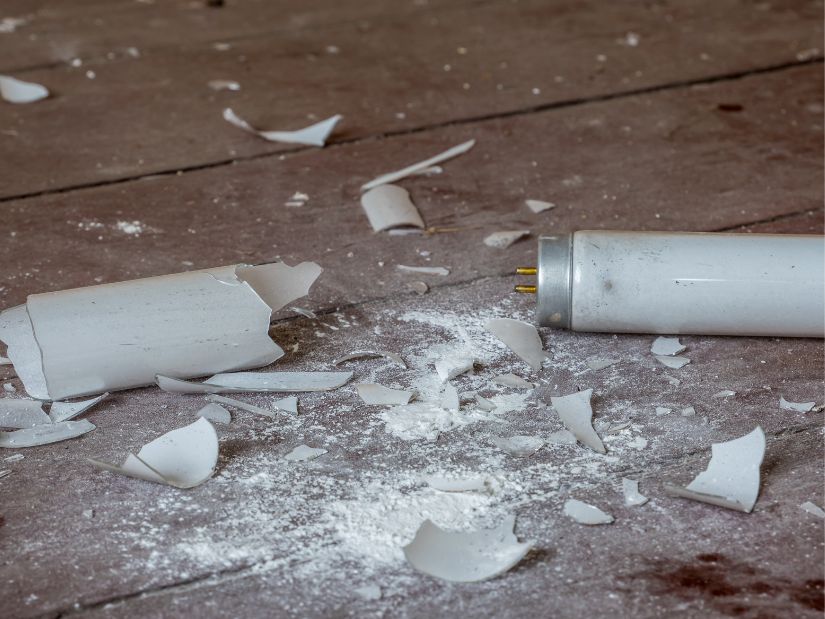
In the past, this small amount of mercury was a necessary evil, the only way to make lighting more efficient than incandescent. But now, with LEDs available, mercury is no longer needed. While energy savings are also important, they are not targeted in most of these laws because it's much trickier for states to set energy efficiency standards when a federal standard already exists. However, they can easily pass legislation that focuses on environmental pollutants.
What’s Going to Happen to Rebates for LED Tubes?
For years, the market has relied on rebates and incentives to help businesses make the switch from fluorescent to LED. Currently, 78% of the country is covered by a commercial lighting incentive and nearly all of these programs provide rebates for LED tubes. With an average rebate of $3.96 per tube, this incentive helps defray the cost of upgrading.
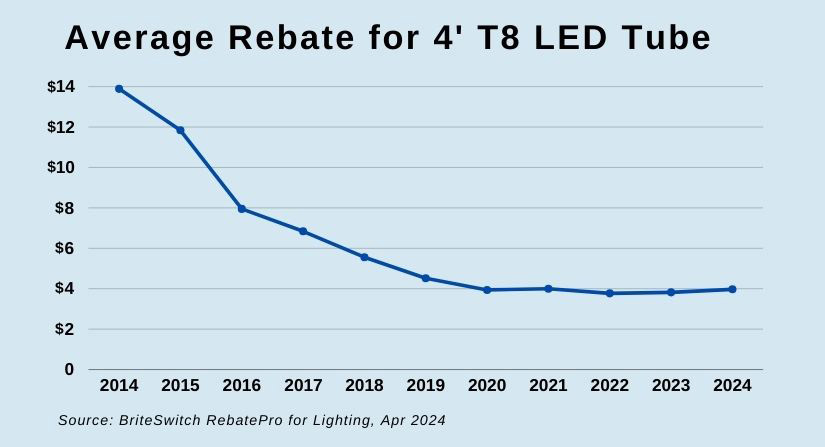
In states with no legislation affecting the sale of fluorescent lamps, rebate availability will likely remain the same. But will states continue to offer a rebate where the fluorescent versions of the lamps are no longer available? It's hard to say at this point.
Vermont's ban went into effect earlier this year, but their state rebate program, Efficiency Vermont, removed tubes from the program when the legislation first passed in 2022. However, Vermont is just one example, and it's too hard to predict what will happen in the other states.
Last year, many people speculated that rebates for screw-in lamps like A19s would disappear in 2024 because of EISA. While some rebates were indeed discontinued, it was a much smaller number than people expected. More surprising was that in areas that kept the screw-in rebates, the dollar amounts actually increased.
For fluorescent tubes, incentives may still be required to get customers to switch to LED. The lamps have an average rated life of 36,000 hours, which can easily last over 10 years for places like offices and schools. It can be years before their lighting burns out and they need to replace them with an LED tube, so utility incentives are likely still required to get them to switch. In addition, many programs are struggling to meet their energy savings goals, and discontinuing rebates for T8/T5 to LED would make it even more challenging.
Use the Upcoming Bans to Close More Projects in 2024
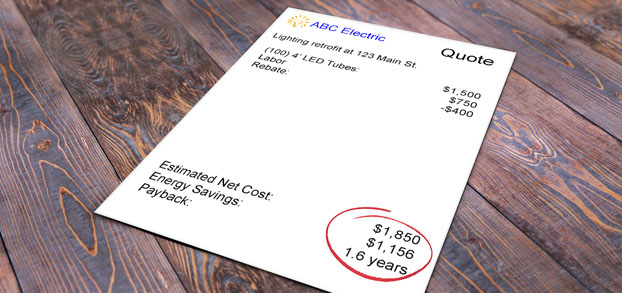
As the countdown begins for states with impending bans on fluorescent tubes, the lighting industry has a unique opportunity to leverage these changes to increase sales. Projects located in these areas should be completed before the ban goes into effect to maximize the potential rebates. That ensures the customer will receive the best possible incentive for the fluorescent to LED tube conversion. Reach out to customers in those areas and let them know about the impending change and that LED tube rebates may possibly decrease, or go away completely, once the ban goes into effect in their state.
Stay Up-To-Date on Fluorescent to LED Rebates
RebatePro for Lighting makes it easy to find all the rebates for fluorescent to LED tube upgrades and keep track of their changes. Rebates are already dynamic enough, but with new legislation like the above, it's more important than ever to stay on top of the rebates.
Whether you're part of a rebate processing team or a contractor looking to start using rebates as a sales tool, RebatePro for Lighting simplifies the rebate process for you.
Learn more about RebatePro for Lighting


